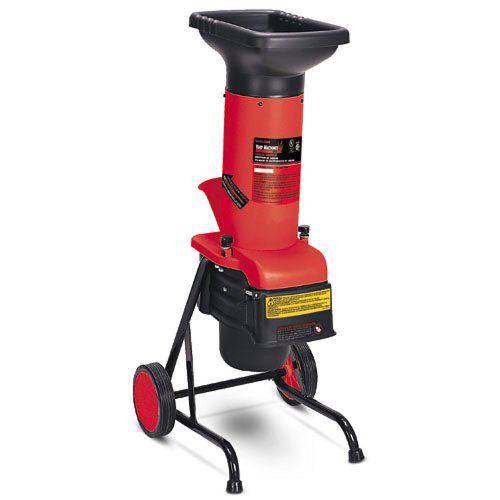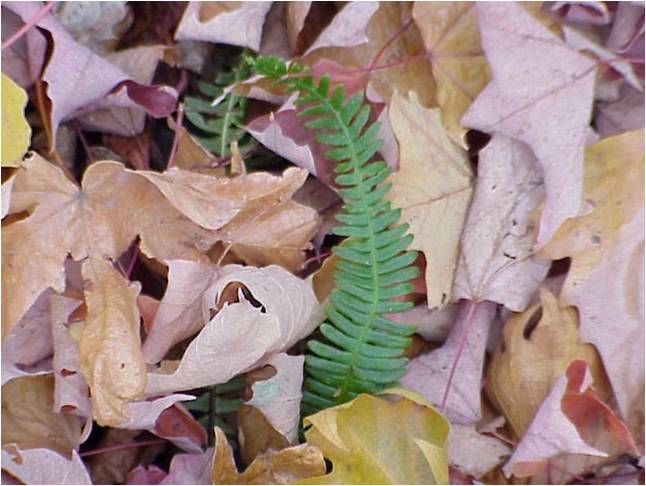It’s a nice sunny September day in Seattle and I’m in my happy place. What better topic to match my mood than mulch?
For those of you not familiar with my fixation on woody mulches, I’ll refer you to an article in MasterGardener Magazine here. Briefly, I am a fan of coarse, chunky organic mulch, particularly arborist wood chips or other chipped material from trees and shrubs.
![]()
Rather than send this material off to the landfill, it’s so much better to use it as a protective layer on top of your landscape soil. It’s a cheap, natural way to protect and nourish your plants, and provides a great habitat for beneficial insects and microorganisms.

Practically speaking, how does one move a mountain of mulch? Shovels don’t work well, and compost forks have too much space between tines. My favorite tool is the mulching fork. It’s relatively lightweight, well balanced, and makes quick work of wood chips.


Sometimes you’ll find twigs in your mulch pile, or might have your own woody prunings that you’d like to use as mulch. My second favorite tool is my electric chipper/shredder. It’s powerful enough to deal with small branches and twigs and helps me create a more uniform mulch. Plus, I reuse my yard waste and keep the nutrients on site rather than throwing them away.
I don’t own stock in either of these products (my faculty salary doesn’t exactly allow me to be an investment tycoon). They’re just a few of my favorite things…

I've been thinking about getting a chipper/shredder. What kind do you have?
It's 2.5 hp Chicago Electric tools. We got it new from craigslist.
Thanks for the mulch news. Our neighbors have a giant pile of chips we can use, and I really want to. My concern is that wherever I mulch, the earthworms (Amynthas sp., I assume) very quickly turn the soil into a loose, crumbly pile of earthworm poo. It's gross, makes the soil unstable, and I'm not sure if it's good or bad for the plants. From what i find online, you can't easily get rid of the worms. My dilemma is whether not mulching (in central NY state) would be better than giving the worms more opportunity to thrive. I especially want to mulch to kill grass for making new beds. Thoughts or recommendations would be appreciated.
I live in the southwest where termites are a big problem.
Would using wood mulch increase the chance of attracting these wood-eating insects?
Thanks!
Hi Lynn and Jeff –
Thanks for joining the discussion! Lynn, you need to embrace your worms! I know their castings aren't the most aesthetically appealing things in the world, but they are turning the organic matter into a great fertilizer for your plants. Plus, they aerate the soil. Keeping the mulch over the "mess" will hide it, plus keep it in place – the unstable part of your comment, I'm assuming. [As an aside, I've killed off all of our turf (such as it was) by mowing it flat then applying 12" of chips. In a few months, you can move the chips aside and you're set to go. (But please do rethink the worms!)]
Jeff, I've done an extensive literature review on landscape mulches and of course the termite issue does come up. For the most part, termites do not like wood chip mulches; it does not tend to be a good nutrient source for them. Here's an abridged excerpt from that review:
"A common concern is whether wood-based mulches are attractive to termites. There have been specific studies targeting
this question with sometimes surprising results. One recent study compared subterranean termite
(Reticulitermes virginicus) activity underneath both organic (bark and wood) and inorganic (gravel) mulches. The greatest termite activity was found beneath the gravel mulch. Not only were the wood and bark mulches unappealing to termites, but when fed a diet of these materials in the lab they suffered increased mortality. These results are partially explained
by an earlier study, which found that termites
preferred mulches with higher nitrogen and phosphorus content.
Martin and Poultney confirm this in a study demonstrating
termite partiality for banana mulch, a relatively nutrient-rich material. Therefore, in regions where subterranean termites are potential pests, organic mulches should be selected that are low in nutrients."
Linda, would you use trunk and limb wood in addition to twigs and foliage? And would you let the chips age at all before putting them on as mulch? My understanding is that fresh chips tie up nitrogen, leaving the plants looking a bit chlorotic and gasping for more nutrients, at least until the chips break down a bit. Do you find this, or is it not an issue?
Deb, I'd use all the wood in the chips, and I never worry about aging. The "myth" about nitrogen tie-up in wood chips is only an issue if chips are amended into the soil. As a mulch, no problem. (If you click on that hot link on the top of the blog, you can read more about this and other fun facts about wood chip mulches.)
We have a different type of termite here in Sydney Australia, Coptotermes acinaciformis and this loves the wood mulch, we always recommend pine bark or pebbles because as soon as you put wood mulch on the garden you have a problem.
Keith, I've found nothing in the scientific literature that suggests this species prefers wood chips to any other food source. If you have actual research results or references relevant to this, please post them as a comment.
for killing grass quickly and without too much mulch, I use a layer of cardboard, sometimes 2 layers to make sure no light gets through. then add a 2-4" layer of compost or wood chips on top. 4" of compost will allow you to plant directly on the compost/cardboard. the cardboard will eventually go away with the help of worms. just be sure to not use any cardboard with bright coloring which has some heavy metals in the color.
If you'll read over other posts on this blog, you'll see that cardboard is not only unnecessary but can hurt both water and gas transfer between the soil and atmosphere. It's not recommended.